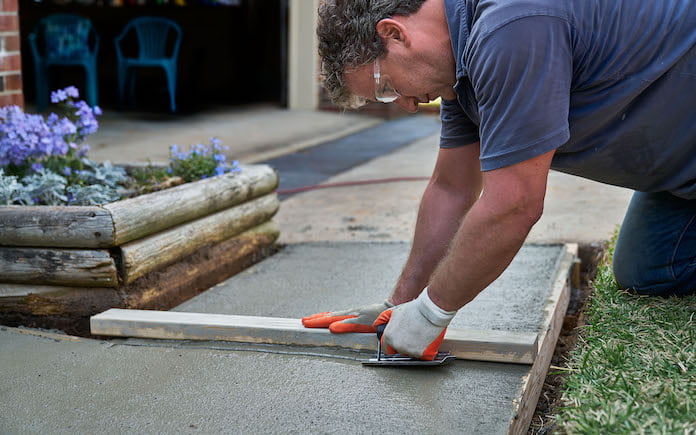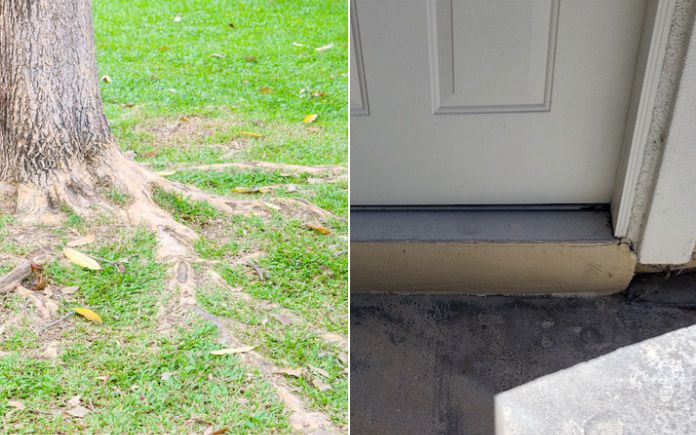How to Easily Cut Baseboard Trim Using an Oscillating Tool
If you want to add a wider casing around a door, you’ll need to remove a portion of your baseboard trim to accommodate it. Your first thought might be that you need to pry off the whole baseboard and cut it to size with a circular saw in your shop. However, you don’t have to … Read more










